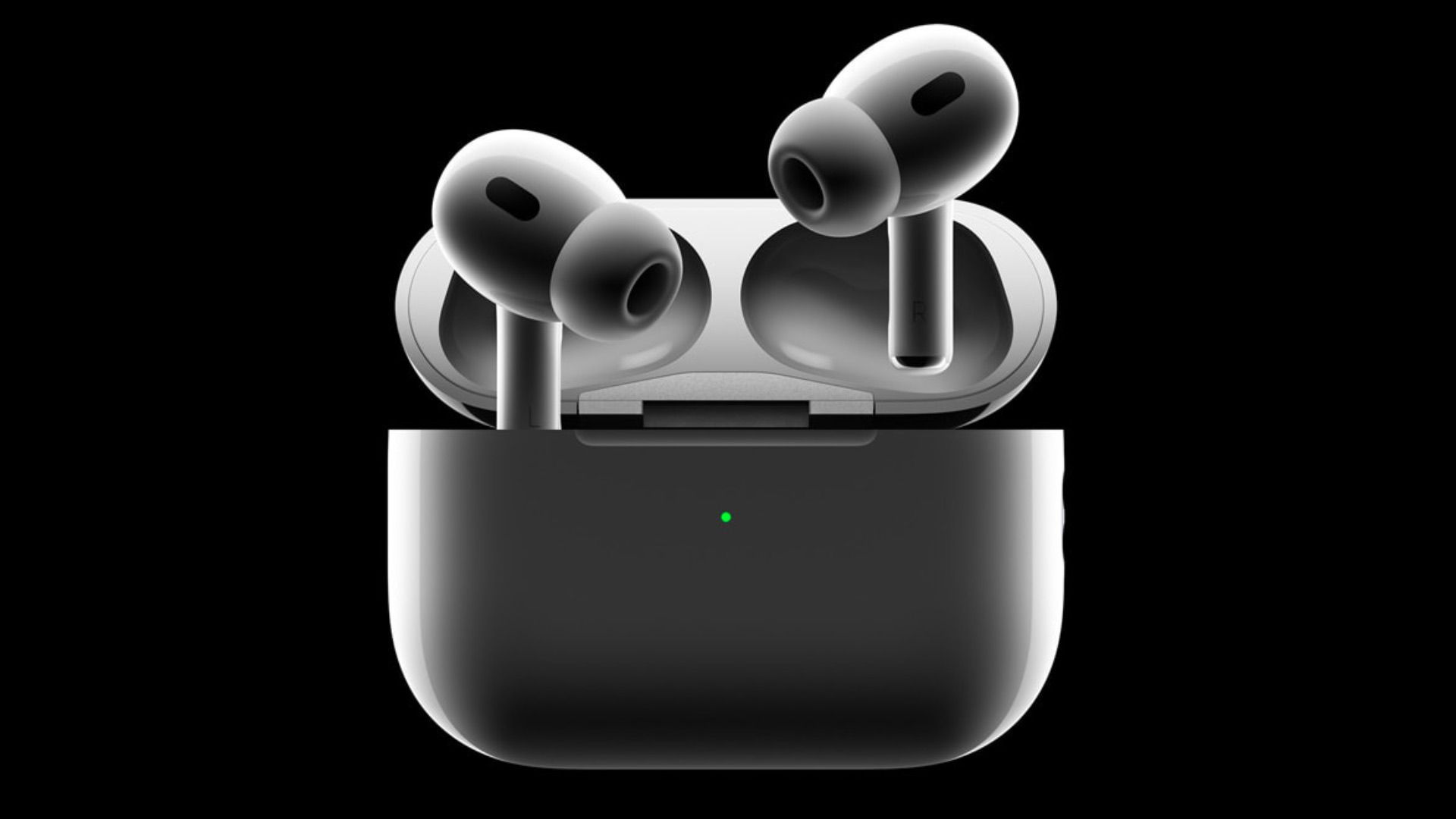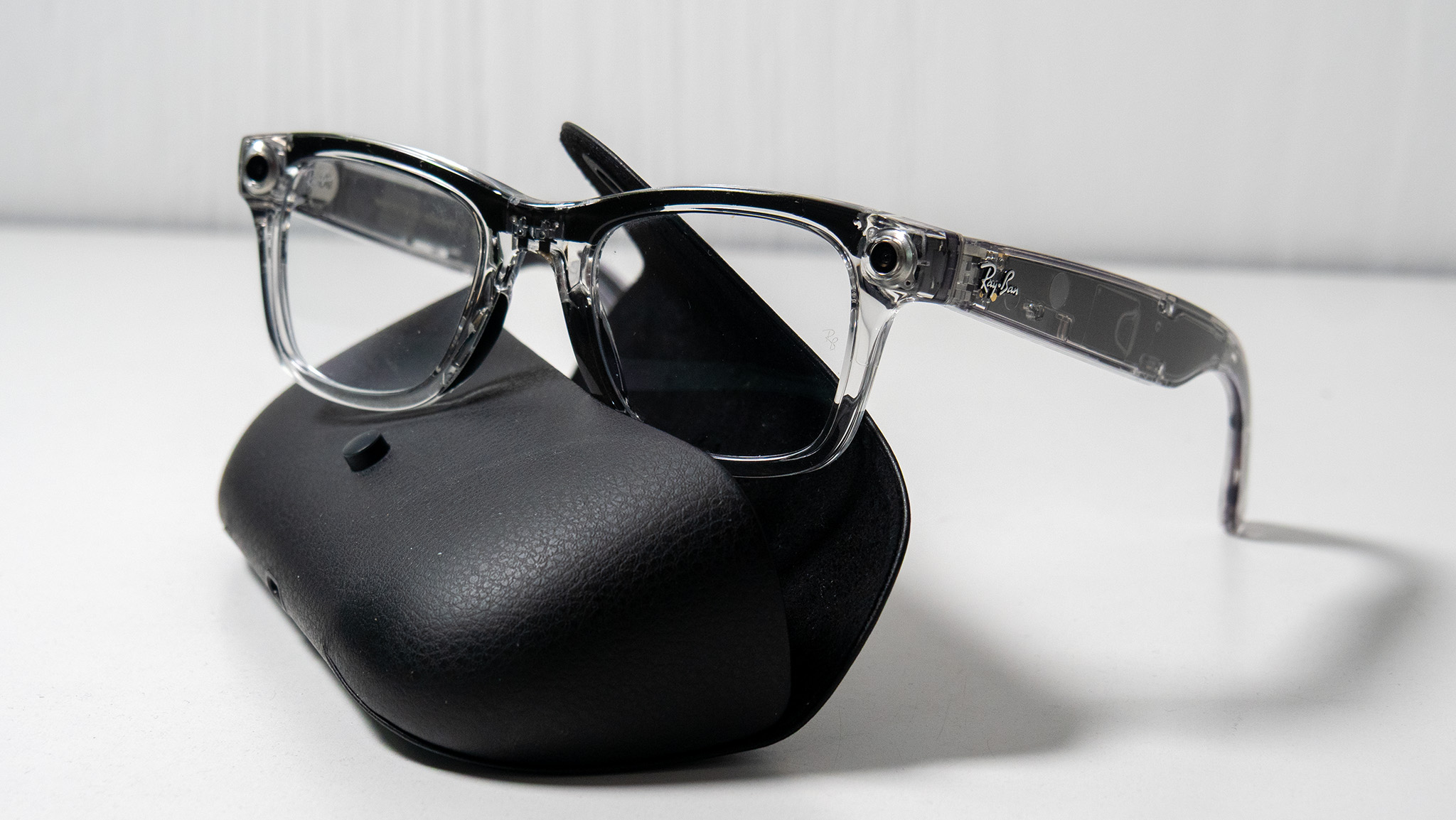Harnessing the Power of Screenshots in an AI-Driven World

In today's rapidly evolving digital landscape, where artificial intelligence tools are becoming increasingly prevalent, one habit stands out as remarkably beneficial: taking screenshots. Yes, you heard it right. The practice of capturing screenshots could prove to be one of the most valuable digital behaviors you can adopt. With a simple press of a button, you can save and share visual information from virtually any digital source, enabling you to keep track of essential data, insights, or moments that matter to you.
Johnny Bree, the founder of the innovative digital storage app Fabric, highlights the significance of this practice, stating, Its this portable data format. Theres nothing else thats quite so portable that you can move between any piece of software. This universal method of capturing information allows users to save everything from articles to images, although, as many will attest, streaming services like Netflix have made capturing content a little more challenging.
When you take a screenshot, it encapsulates a wealth of information including its source, the content displayed, and even the precise time it was captured. More importantly, a screenshot conveys a powerful message: it indicates that the user values this particular piece of information. In an era dominated by numerous AI tools designed to observe and interpret the complexities of our lives, many of these tools falter. They often excel at recognizing what things are but struggle to determine their significance. Screenshots serve as a method for users to assign value to specific pieces of information and signal to AI systems what deserves their attention.
Screenshots also empower users to take control of their digital footprints. Mattias Deserti, head of smartphone marketing at Nothing, emphasizes this point: If I give you access to all of my emails, all my WhatsApps, everything, theres a lot of noise. In todays information-saturated environment, it is impractical to save every email or webpage visited. Furthermore, privacy concerns must not be overlooked. By using screenshots, users can selectively curate the information they want AI systems to recognize, effectively training these systems on their preferences.
Despite their inherent usefulness, traditional screenshot functionality has been somewhat limited. Typically, a screenshot is saved to your camera roll, where it can easily be forgotten over time. Often, users may inadvertently take screenshots of their lock screens or irrelevant notifications, leading to an overwhelming collection that is difficult to manage. While some smartphones allow users to search for text within images, locating specific screenshots can still prove challenging.
The first significant step towards enhancing the utility of screenshots is to analyze their contents. While optical character recognition (OCR) technology has long enabled text detection, advancements in AI are taking this a step further. Shenaz Zack, a product manager at Google and a key figure behind the Pixel Screenshots app, explains, We use an OCR model, then we use an entity-detection model, and then Gemini to understand the actual context of the screen. This means that beyond recognizing text, AI can identify the origin of a screenshotwhether its from WhatsApp, a website, or a music app.
Imagine a screenshot app that not only recognizes a concert listing but also categorizes it appropriately alongside its visual context. This capability transforms screenshots from mere images into organized repositories of valuable information. However, the real potential lies not only in organizing screenshots but also in leveraging them to foster proactive user engagement.
An excellent example of this concept in action is Nothings Essential Space app, which can generate reminders based on saved screenshots. If a user takes a screenshot of a concert they wish to attend, the app can automatically remind them as the date approaches. Pixel Screenshots takes this a step further by prompting users to listen to a band saved in a screenshot on Spotify when they next open the app. Such features illustrate the future potential of treating screenshots as a dynamic input system for managing our digital lives.
While screenshots are convenient, its essential to recognize that not all screenshots are created equal. Some may hold lasting value, like an ID card, while others, such as concert posters, have a fleeting relevance. The challenge lies in having an app that can discern between the two. Notably, the camera roll is often a mixed bag of useful and trivial images. Hence, finding ways to tag, categorize, and prompt further action on these images without complicating the user experience remains a key hurdle.
To enhance the automatic usability of screenshots, additional context from the device can play a pivotal role. Companies like Google and Nothing have a unique advantage as they manufacture the devices, allowing them to collect pertinent data when a screenshot is taken. For instance, if a user captures a screenshot while browsing, the app could store the associated webpage link or relevant data such as location, time, or weather conditions. While this data has the potential to be beneficial, it also raises the concern of information overload.
Nonetheless, the fundamental premise behind this technology is compelling: we frequently take screenshots to bookmark essential information. Accessing meaningful, personalized data is one of the most formidable challenges in developing effective AI assistants. As we move towards a multimodal future of computing, which includes cameras, microphones, and a myriad of sensors, it appears that harnessing the power of screenshots may be one of the most efficient pathways to enhancing our interaction with AI.




























